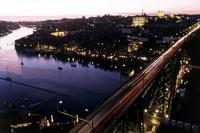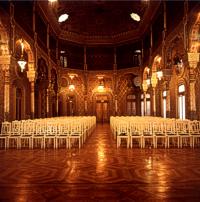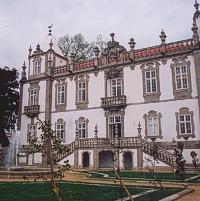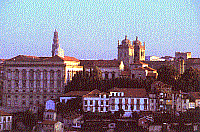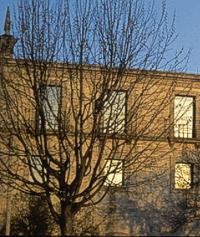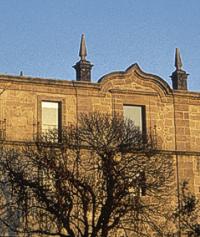 |
|
 The
wall of Porto was built in the Roman period. The original layout was
reconstructed in the 12th century, when the borough was donated to
Bishop D. Hugo who issued the first charter. The second layout of
the wall dates back to the 14th century; it encloses the hills of
Sé and Vitória and descends towards the river where
the mooring quay and the Royal Customs House were located. The
wall of Porto was built in the Roman period. The original layout was
reconstructed in the 12th century, when the borough was donated to
Bishop D. Hugo who issued the first charter. The second layout of
the wall dates back to the 14th century; it encloses the hills of
Sé and Vitória and descends towards the river where
the mooring quay and the Royal Customs House were located.
 Between
the 13th and 15th century, the maritime and commercial activities
underwent great development, and the links with important European
ports were strengthened, such as Barcelona, Valencia, La Between
the 13th and 15th century, the maritime and commercial activities
underwent great development, and the links with important European
ports were strengthened, such as Barcelona, Valencia, La
|
